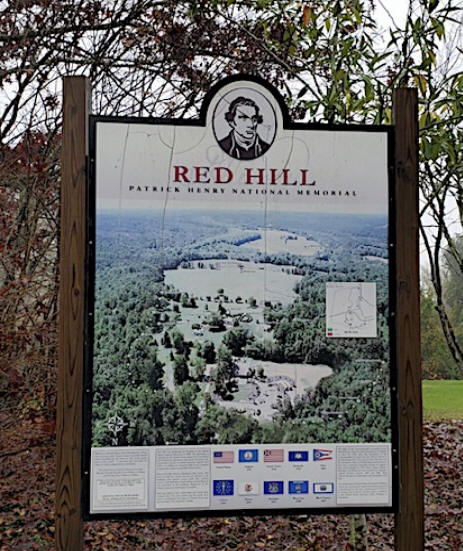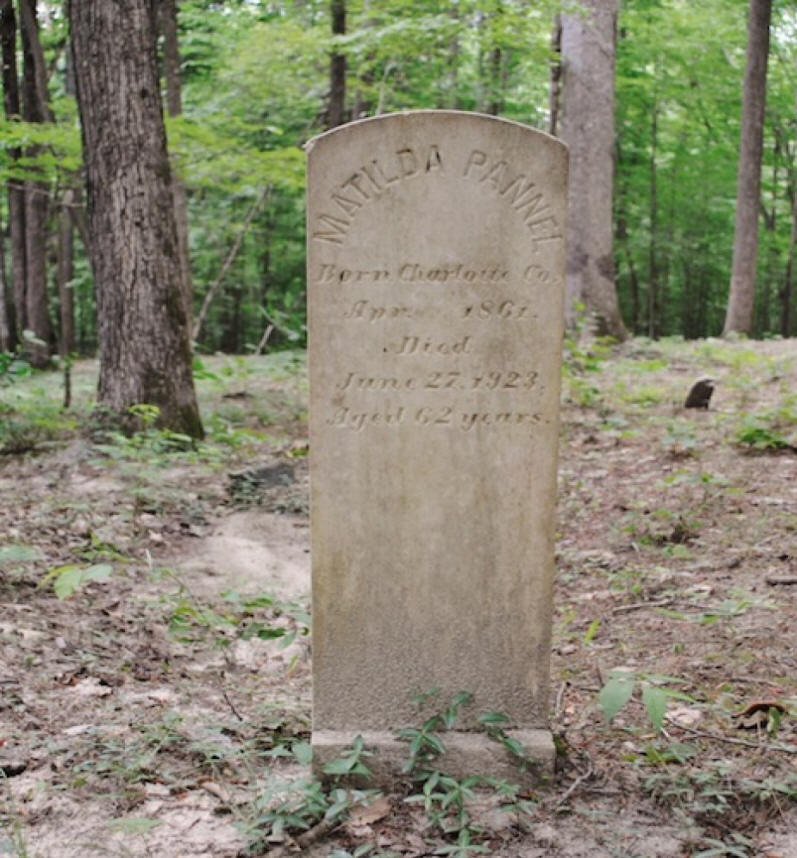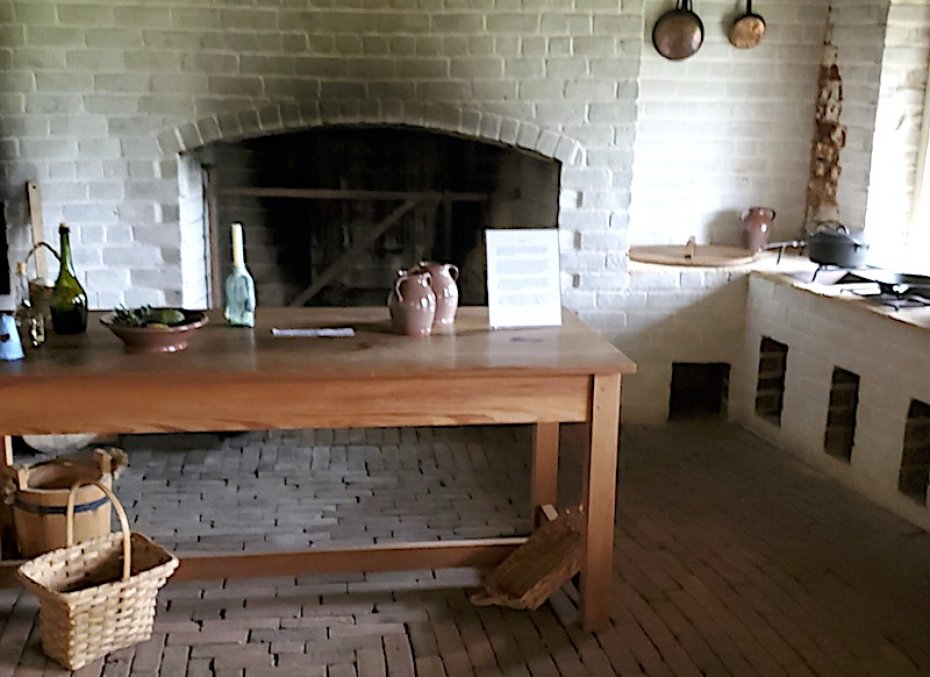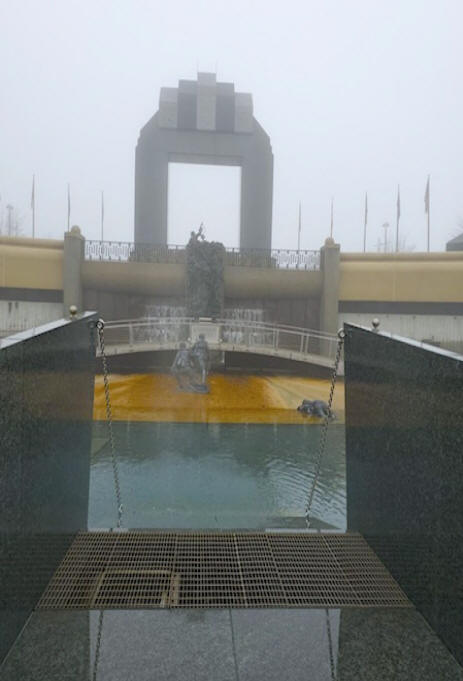
|
|
|
|
Travelers appear to see a light
at the end of the tunnel and that, coupled with enhanced
safety precautions, competitive pricing and flexible
reservations make this an opportune time to plan to ease
back into the thrill of adventure. It is best to opt for
destinations that meet your social distancing comfort
level, offer a variety of indoor and outdoor
attractions, are affordable and are accessible via safe
modes of transportation.
An excellent way to explore the area is by chronologically following the lives of those who lived there and significant events that took place there. The sites here are of exceptional historic significance and provide a snapshot of ideas, events and individuals that shaped the American culture and resonate today.
There were 90-100 slaves at Poplar Forest. Skilled slaves completed a large amount of the work on the mansion. James Hemings was solely responsible for the interior woodwork and the roof. Hannah, born at Monticello, served as the cook from 1809-23 and her story is related in the 1700s “modern” kitchen. A 23 site walking tour includes two octagonal privies, a slave quarter exhibit, Overseer’s House and 1857 Slave Dwelling. Note: There is no evidence that Sally Hemings ever visited Poplar Forest. www.poplarforest.org
Of note is a reference to the 320th Barrage Balloon
Battalion, the sole African American combat unit to land
on D-Day. The balloons were manned by 5 men and
hovered between the beach and German dive-bombers. To
protect the allied forces. West Philadelphia’s Corporal
Waverly “Woody” Woodson Jr., was a 21-year old medic, a
member of the 320th Barrage Balloon Battalion, died in
2005.
Renee Gordon has written a weekly travel column for the Philadelphia Sun Newspaper for the past fifteen years and has published articles on local, national and international travel in numerous publications. Her columns focus on cultural, historic and heritage tourism and her areas of specialization are sites and attractions related to African American and African Diaspora history. Renee has been a guest radio commentator on various aspects of tourism and appeared in a documentary, "The Red Summer of 1919". As an educator for thirty years she was an English teacher, event and meeting planner, served as an educational consultant and intern-teacher mentor. She contributed to textbooks on women's history and classroom management and has facilitated workshops on both subjects. Renee considers herself a "missionary journalist" and as such she continues to promote heritage and sustainable tourism. 2013 Recipient of African Diaspora World Tourism Flame Keeper in Media Award for Travel Writing Affiliations
We'd love your comments!
|
Connect with us on:
American Roads and | ||||||||||
|
Public Disclosure--
Please Read The FTC has a law requiring web sites to let their readers know if any of the stories are "sponsored" or compensated. We also are to let readers know if any of our links are ads. Most are not. They are just a way to direct you to more information about the article where the link is placed. We also have several ads on our pages. They are clearly marked as ads. I think readers are smart enough to know an ad when they see one but to obey the letter of the law, I am putting this statement here to make sure everyone understands. American Roads and Global Highways may contain affiliate links or ads. Further, as their bios show, most of the feature writers are professional travel writers. As such we are frequently invited on press trips, also called fam trips. On these trips most of our lodging, dining, admissions fees and often plane fare are covered by the city or firm hosting the trip. It is an opportunity to visit places we might not otherwise be able to visit. However, no one tells us what to write about those places. All opinions are 100% those of the author of that feature column. |
|||||||||||
|
Privacy Policy/ Archives /
Contributors /
Subscribe to
American Roads Books by
Kathleen Walls /
Contact /
Sponsor or Advertise/ American Roads & Global Highways Home Page
|







































